Citric Acid CO2 System
Introduction to Citric Acid CO2 System
The CO2 solution used in aquascaping plays a vital role in maintaining healthy plant growth. This system allows for precise control of CO2 levels, which is essential for aquatic plants.
The systems CO2 aquarium provide a regulated environment for underwater plants, ensuring they receive the optimal amount of carbon dioxide. This is achieved through various CO2 dosing methods, one of which is the citric acid CO2 system.

Understanding the Importance of CO2 in Aquascaping
A CO2 dosing system is a critical element for any successful aquascaping project. By increasing the availability of carbon dioxide, plants are able to photosynthesise more efficiently, leading to vibrant growth.
The use of a citric acid tank as a CO2 source can provide a consistent and cost-effective solution for aquarists. This method eliminates the need for expensive pressurised CO2 cylinders while still delivering the necessary carbon supply.
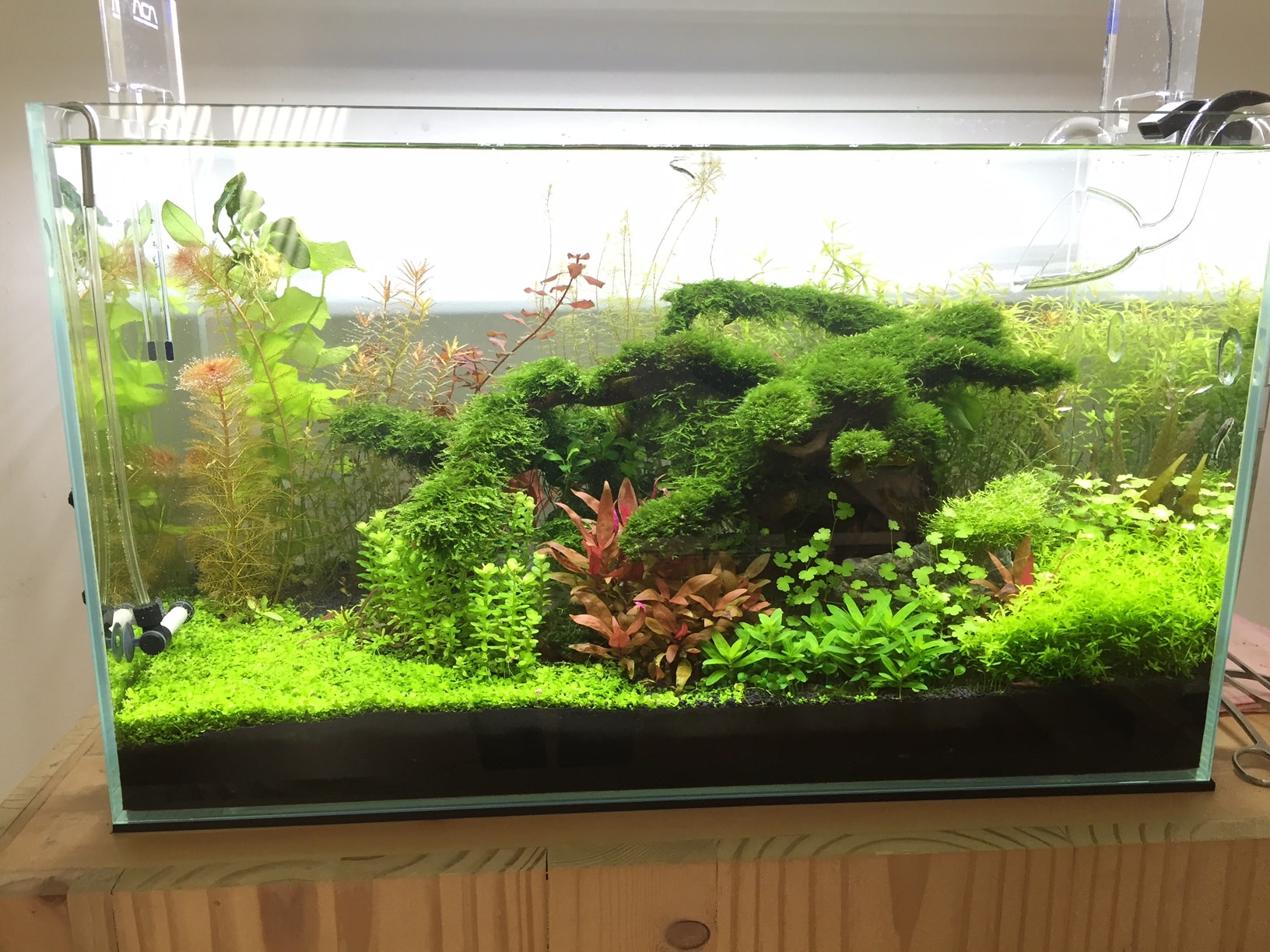
Why Choose a Citric Acid CO2 System?
The CO2 solution delivered by a citric acid-based system is both efficient and affordable. It ensures a steady release of CO2 through a simple chemical reaction, making it an excellent choice for hobbyists.
Unlike conventional CO2 methods, the citric acid tank system is particularly suitable for small to medium-sized aquariums, offering a reliable alternative to pressurised systems.
The Basics of a Citric Acid CO2 System Setup
To set up a citric acid CO2 system, you need several components that work in tandem. This includes a container to hold the citric acid mixture, a tubing system to deliver the CO2 to your tank, and a pressure-regulating device like a needle valve.
A citric acid tank will act as the main source of CO2 in this system. As the citric acid reacts with baking soda, CO2 gas is produced, which is then released into the aquarium to enhance plant growth.
Pros and Cons of Citric Acid CO2 Systems
The citric acid CO2 solution offers numerous benefits, including affordability and ease of use. It's especially advantageous for hobbyists on a budget, as it eliminates the need for expensive CO2 cylinders.
However, the system does come with its drawbacks, such as the potential for inconsistent CO2 output. Fine-tuning the reaction may require frequent adjustments, and the overall stability of the system can vary.
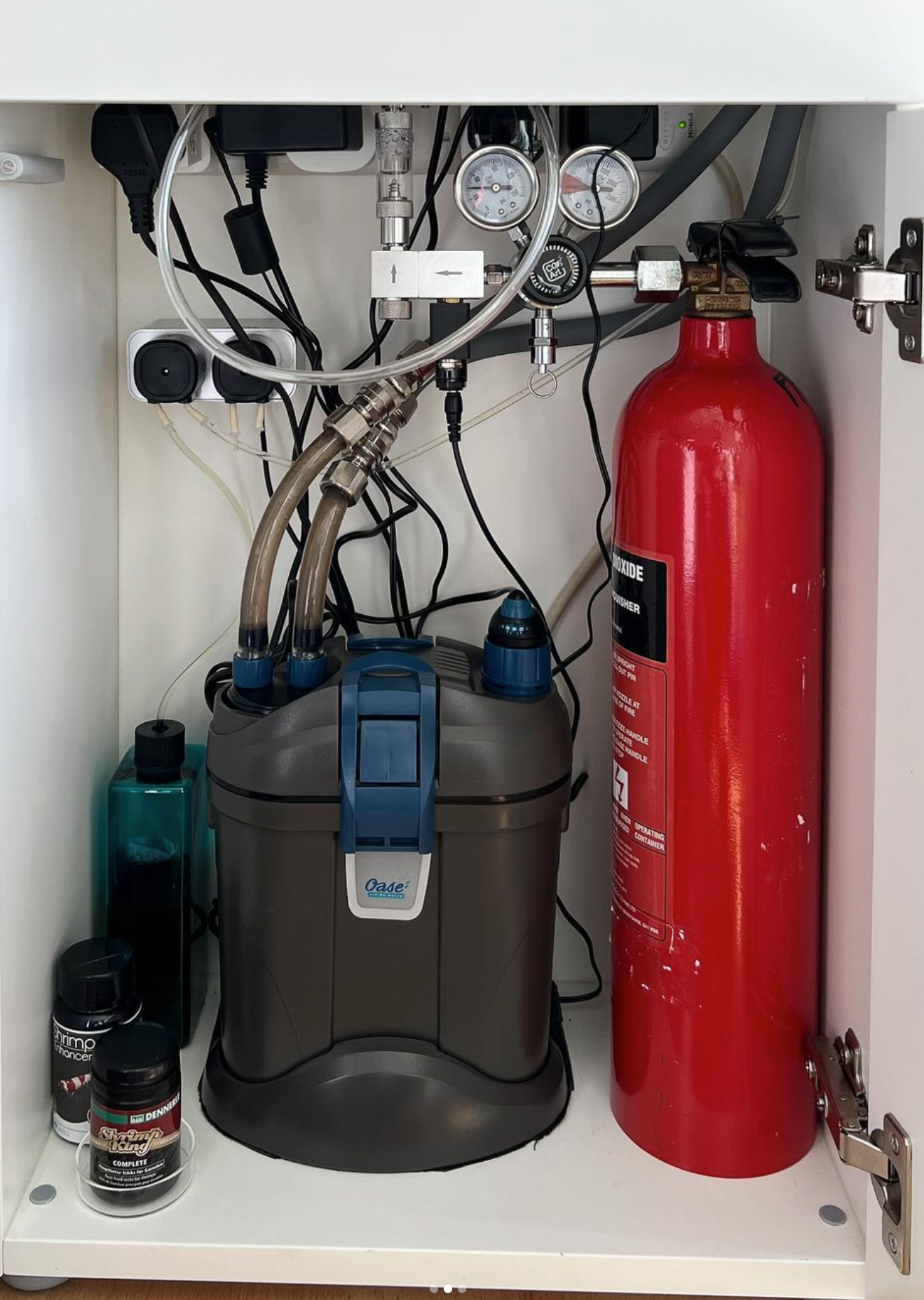
Key Components of a DIY CO2 System
Creating a DIY CO2 system requires a few essential components, such as a bottle to hold the citric acid mixture and a needle valve to regulate the flow of gas. The solenoid valve controls the timing of CO2 release, while the pressure gauge monitors the internal pressure within the system.
Additionally, the tubing and pressure gauge are necessary to deliver and monitor the CO2 gas to the aquarium. It's crucial to adjust the pressure and flow rates to ensure a consistent output of CO2.
How the Citric Acid Baking Soda Reaction Works
The citric acid baking soda reaction is the heart of the system. When citric acid comes in contact with baking soda, a chemical reaction occurs, releasing CO2 gas. The pressure within the bottle will build up, forcing the gas into the aquarium.
This reaction provides a steady supply of CO2 for plants, though the rate of gas production depends on the amount of citric acid and baking soda used. The reaction can be adjusted by altering the mixture's concentration.
Using a Solenoid Valve to Automate CO2 Flow
A solenoid valve allows for automated control of CO2 injection in your DIY system. By connecting the solenoid valve to a timer, you can set specific intervals for when CO2 should be injected into the aquarium.
The solenoid valve ensures that CO2 is only released during the daytime when plants are actively photosynthesising, reducing waste and helping maintain a stable environment in your aquarium.
How to Measure CO2 with a Pressure Gauge
A pressure gauge is an essential tool for monitoring the pressure inside your CO2 system. This allows you to track the amount of CO2 being produced and ensure the system is functioning correctly.
By observing the readings on the pressure gauge, you can adjust the needle valve or solenoid valve to fine-tune the flow of CO2. A well-maintained pressure gauge helps prevent system malfunctions and ensures a consistent CO2 supply.
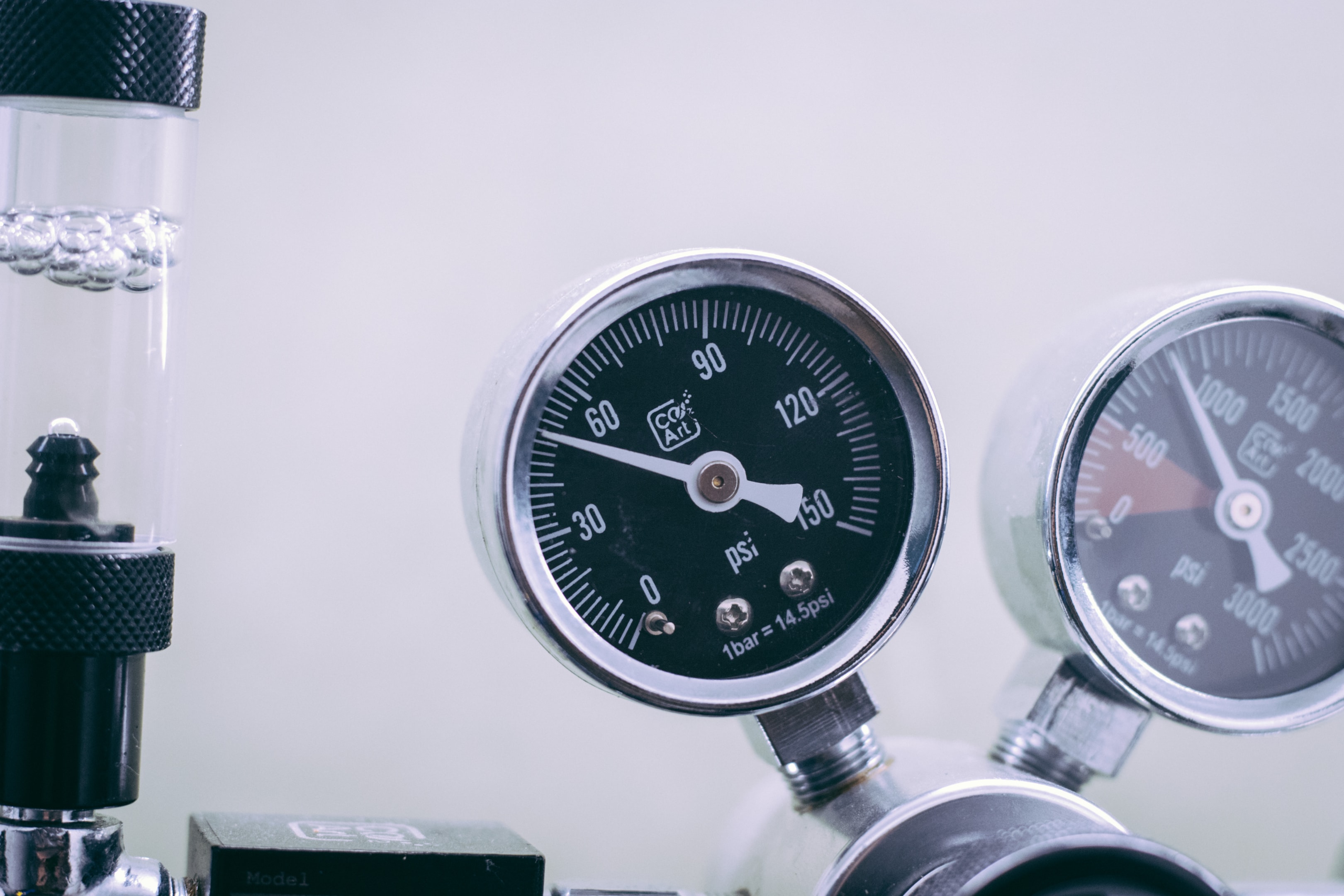
Importance of a Bubble Counter in CO2 Systems
A bubble counter is an essential component in your DIY CO2 setup. It allows you to visually monitor the flow of CO2 gas from the system, ensuring that the amount of gas injected into the aquarium is consistent.
While the bubble counter provides a simple way to measure CO2 output, it should be paired with a needle valve for precise control over the flow. This helps optimize CO2 delivery to plants while minimising waste.
Refilling Your Citric Acid CO2 System
One of the primary considerations when using a DIY CO2 system is the need for regular refill of the citric acid and baking soda mixture. Over time, the reactants will be consumed, reducing CO2 output.
By having a plan for when and how to refill your system, you can ensure a continuous supply of CO2 to your aquarium. This is particularly important for maintaining stable growth in your aquatic plants.
Cost Considerations: Is DIY CO2 a Cheap Option?
When comparing the cost of a DIY CO2 system to traditional pressurised CO2 setups, many hobbyists find it to be a cheap alternative. The materials needed for a citric acid-based system are generally inexpensive, especially when you compare it to the cost of a CO2 cylinder and regulator.
However, while the initial price may be low, the ongoing need for refill of the citric acid and baking soda mixture should be factored into the overall cost. Still, it remains one of the most cheap options for CO2 injection in aquariums.
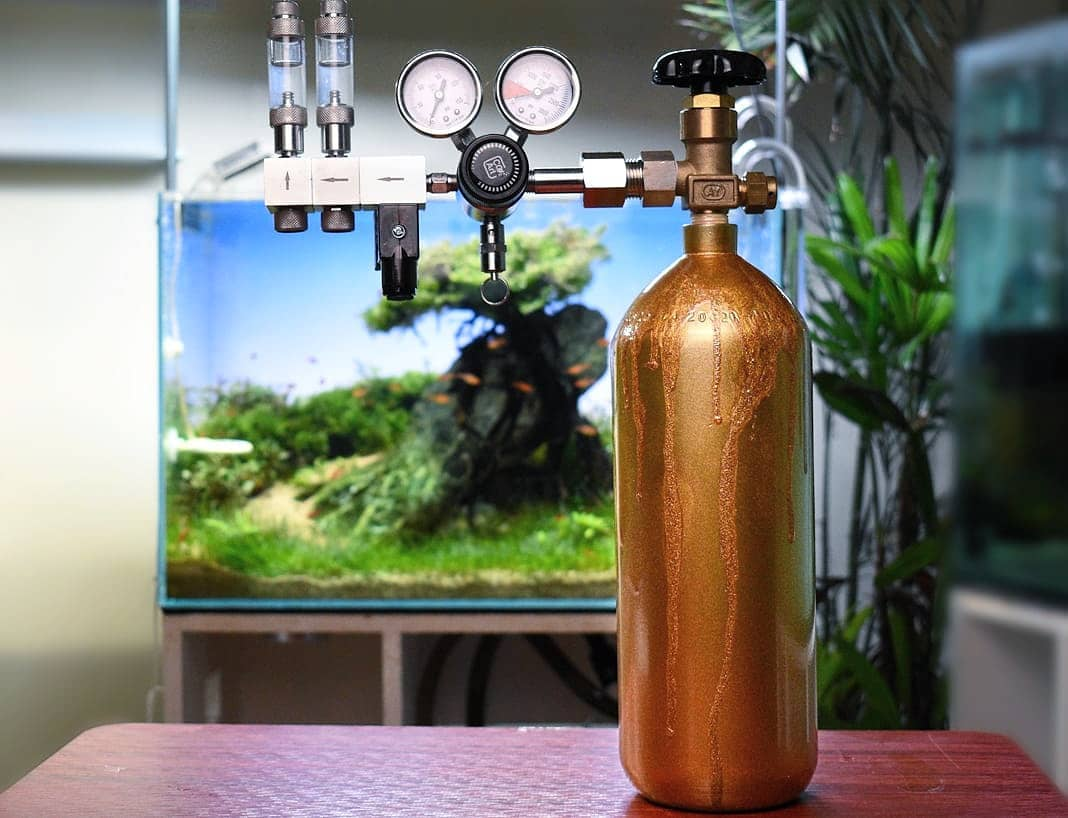
Advantages of Using a Citric Acid Baking Soda System
The citric acid baking soda reaction is one of the most effective ways to provide CO2 to your aquarium. This system is not only cheap but also flexible, allowing you to adjust the pressure and flow of CO2 as needed.
For aquarists seeking a cost-effective, reliable, and simple method to inject CO2 into their aquarium, a DIY CO2system based on citric acid and baking soda is an excellent choice.
Difference Between CO2 Regulators and DIY CO2 Systems
CO2 regulators are typically used in pressurized CO2 systems to precisely control the flow of CO2 from a gas cylinder into an aquarium. These systems use a pressure gauge and needle valve to ensure a steady release of gas, and they are generally favored for larger tanks or for those looking for highly controlled CO2 dosing.
On the other hand, DIY CO2 systems, like the citric acid-based setup, use a chemical reaction to generate CO2 without the need for a pressurised gas cylinder. While the DIY method is more cost-effective, it may require frequent refills of the citric acid mixture and is less precise in maintaining consistent CO2 levels compared to a CO2 regulator.
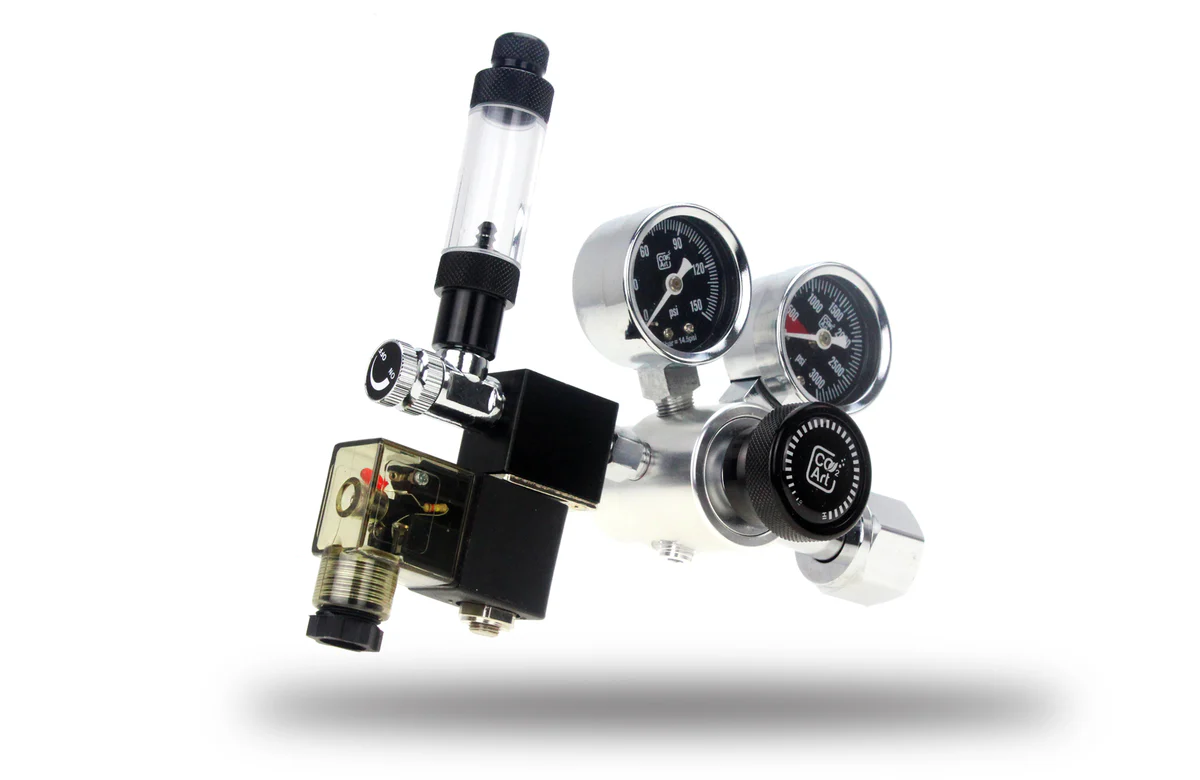
Conclusion: Why Choose a DIY CO2 Kit for Your Aquarium?
The DIY CO2 kit is an affordable and efficient solution for hobbyists looking to enhance plant growth without the high cost of pressurised systems. With careful adjustments to components like the needle valve, solenoid valve, and pressure gauge, you can maintain a healthy balance of CO2 in your aquarium.
In addition to being cheap, a DIY CO2 system offers the flexibility to tailor CO2 delivery to the specific needs of your plants. With regular refills and proper adjustments, your aquarium can thrive with minimal expense.




